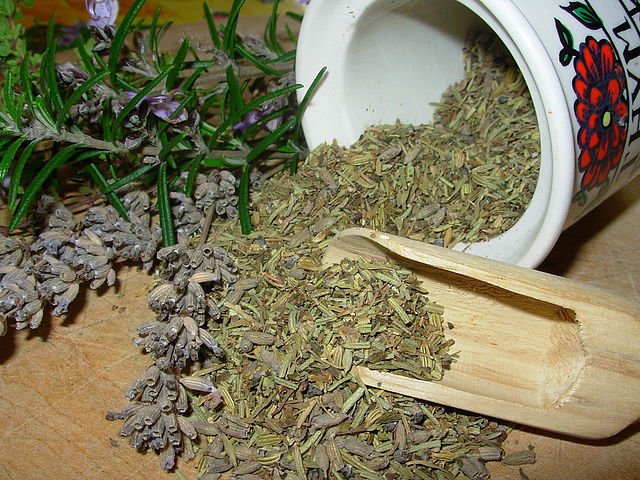Natural Alternatives to Pesticide in the Garden
Where there is gardening, pests are not far behind, waiting in the wings to decimate your crops. Yet, you may not wish to apply a chemical to rid your garden of the pests: you may be worried about ties to cancer as well as to the diminishing honeybee population due to colony collapse disorder. If so, give these alternatives a try.
1. Companion planting, to discourage pests directly or to act as "trap crops."
2. Picking off the insects by hand or spraying them with a strong burst from the water hose.
3. Bringing in or attracting natural predators, such as ladybugs, lace wings, praying mantises, hover flies, nematodes, and birds.
4. Making your own plant-based deterrent, such as a spray made of onion, garlic, and hot peppers blended together.
5. Culling weak or diseased plants that may harbor pests.
6. Rotating crops each gardening season.
7. Watering the garden early in the morning so that leaves are dry most of the day. Wet leaves encourages pests.
8. Sprinkling diatomaceous earth, egg shells, or coffee grounds to get rid of slugs: the rough texture of these remedies cut the underbellies of the pests. For imported cabbageworms, sprinkle Bt (Bacillus thuringiensis) around members of the cabbage family; Bt also works for tomato hornworms.
Do you have any natural pest deterrents that work for you? Please feel free to share your insights in the comments section.







_-_geograph.org.uk_-_1186169.jpg)


